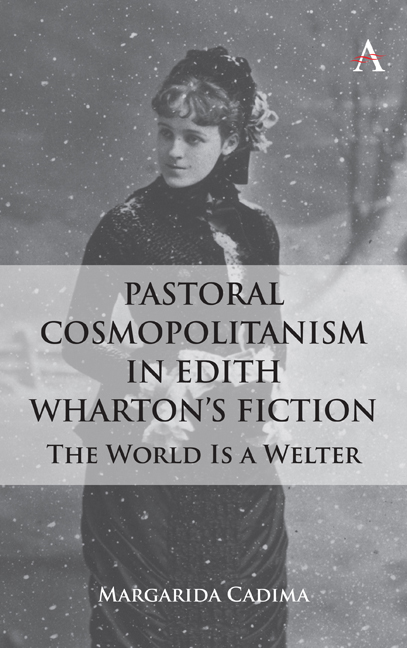Chapter 10 - “OLD” RUINS AS A MELANCHOLIC OBJECT AND A CRITIQUE OF EMPIRE
Published online by Cambridge University Press: 28 February 2024
Summary
In Ruin Lust (2014), Brian Dillon asks: “ruins are still standing—but what do they stand for?” Moreover, how do we explicate what Rose Macaulay terms “this strange human reaction to decay”? These questions resonate through Wharton's short story “Roman Fever,” one of her final works, published in 1934, just three years before her death. In this text, two affluent American widows sit on the terrace of a restaurant to reminisce and admire the “august ruins” of the ancient city in the afternoon light. That these women are positioned as “old lovers of Rome” suggests they are not too far removed from critic Joseph Luzzi's thesis that foreign pilgrims to this region, inspired partly by the Grand Tour imaginary and with deep enough pockets to purchase views of the picturesque, ultimately crafted a concept of “Italy without Italians.” Such devotion to the relics of Rome's faded glories conveniently elided the messy, unedifying contradictions of contemporary Italy, and Southern Europe more broadly.
Wharton's text deserves to be seen as more than a sketch inspired by Henry James's Daisy Miller (1878), because as Christopher Woodward states: “no writer saw the same Colosseum.” “Roman Fever” is not only rich in what Denis Diderot described as the melancholy “poetics of ruins,” when analyzing the paintings of Hubert Robert at the Salon de 1767. It also brings into relief, as Rachel Bowlby avers, “the excavations of ‘old’ parental stories”: “whether secret or not, they come out looking different in relation to the contexts in which we encounter them now.” “Roman Fever” shows the subtle operations of Wharton's imaginative archaeology, shaped by her shrewd awareness of Grand Tour iconography, as well as obsessions in the eighteenth-century imaginary, such as the widely reported discoveries at Herculaneum and Pompeii, and bestsellers of the era like Constantin Volney's Les Ruines, or Meditations on Revolutions and Empires (1792).
In “Roman Fever,” “ruin” from the Latin ruere (“to collapse, fall”) signifies both object (a time-worn statue or an amphitheater) and “process” (how apparently educated, privileged citizens of the world can spoil their own—and others’—happiness). In a story that uncovers through its closing phase a buried history of parental intrigue and illicit assignation, the “ruin” or safeguarding of a woman's personal honor or reputation also plays an unexpectedly potent role.
- Type
- Chapter
- Information
- Pastoral Cosmopolitanism in Edith Wharton's FictionThe World is a Welter, pp. 125 - 140Publisher: Anthem PressPrint publication year: 2023

